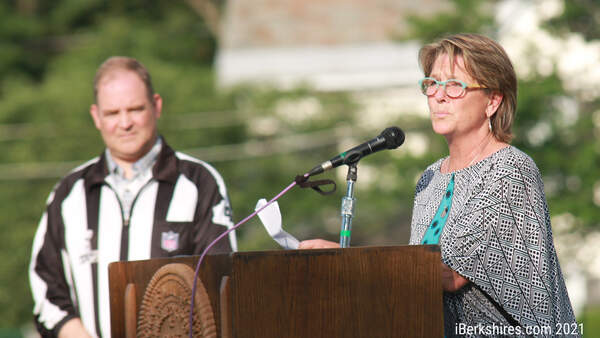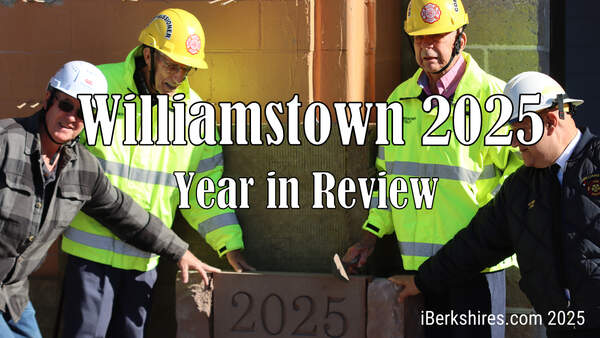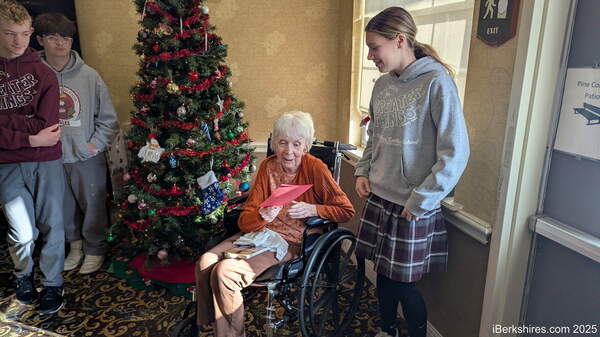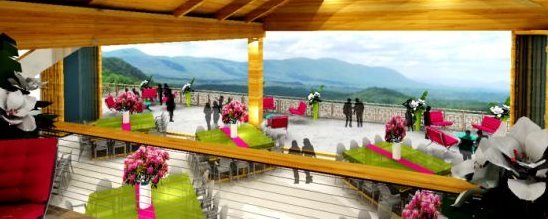
Williamstown Native Draws Up Big Plans For Elm Tree House
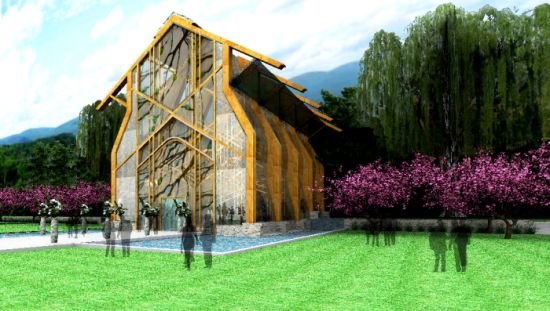 Sylvester's proposed chapel would have a water-harvesting system. To view more of her designs, please visit here. |
The Williamstown native and graduate of Mount Greylock Regional High School got engaged last summer during a trip to Venice, Italy. Although the marriage proposal was in a storybook setting, her dream wedding isn't going to happen because the Elm Tree House, owned by Williams College, does not host private functions.
Sylvester, 23, used that as motivation to create her senior project this past year at Mount Ida College in Newton. She concocted a redesign plan for the Elm Tree House, turning it into a "one-stop, sustainable wedding spot" by incorporating eco-friendly guidelines established by her professor.
She graduated this past spring with a bachelor's degree in interior design after receiving an "A-plus" on her senior project. And her proposal for the Elm Tree House has garnered some favorable feedback from Williams College officials, as well.
"We've had a few ideas brought to us for the mansion, but nothing as well thought out as this one," said Diana E. Prideaux-Brune, the associate vice president for facilities at Williams.
Sylvester's 70,000-square-foot design includes sites for both the ceremony and reception, as well as lodging for wedding guests. She said the new design "eliminates the middle man" during the traditional wedding-day happenings, as well as "eliminating the human carbon footprint as much as possible."
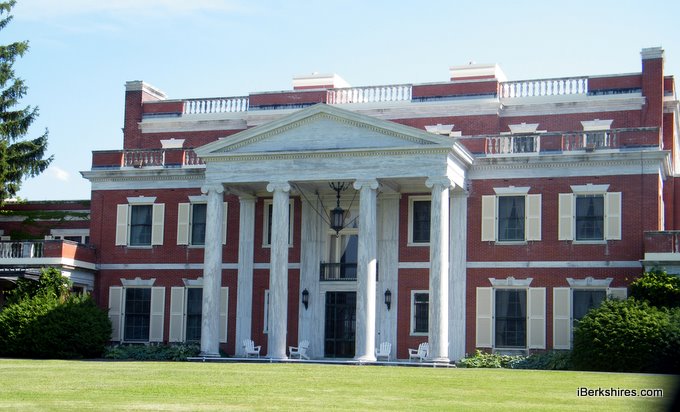 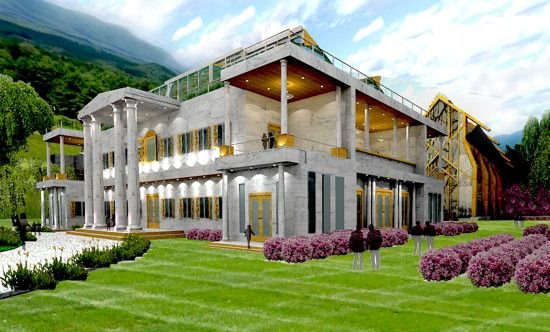 The photo on top is a what the Elm Tree House looks like now. Below is Sylvester's redesign. |
In Sylvester's design, the mansion features three levels to go with the theme of a one-stop wedding destination. The first floor includes a reception area and an organic wedding boutique. The second floor, which is the one section that remains truest to the original floor plans of the mansion, has 23 hotel rooms for wedding guests, including a master suite for the bride and groom.
The third floor, which Sylvester said is currently "in shambles" and "not up to code," would be turned into the main reception hall. Her ideas include a honey-colored wood ceiling and glass walls to allow guests to view the surrounding mountains.
"The mansion is just beautiful," Sylvester said. "It's just this grand building, and it has such a dominant presence over a beautiful landscape."
Sylvester used Auto CAD Architecture and Sketch Up with Podium plug-in to create her designs. The visual portion of her project came after a semester where she had to research the property's history, which she then turned into a 130-page report.
The Elm Tree House is 72 years old and was originally built as a summer home for Alta Rockefeller, the third daughter of oil tycoon John D. Rockefeller, and her husband Col. Ezra Prentice, a prominent attorney out of Chicago. During the 1930s and 1940s, Ezra hired a group of geneticists to develop more profitable farm animals.
Shortly after Alta's death in 1962, the mansion was purchased by Williams College. The college sold the estate in 1978, but it was back on the market in 1984. The Purple Mountain Partners, a group of Williams College alumni, purchased Mount Hope Farm and donated the Elm Tree House to Williams College.
The mansion is currently used for educational activities.
Sylvester realizes that her design is far-fetched and she said there are an extraordinary amount of procedures that stand in the way of her proposal coming to fruition.
"It would be pretty expensive, so I don't think it would really happen," she said. "But it would be a dream come true."
Several Williams College officials have looked at Sylvester's proposal, including Director of Public Affairs James Koselar.
"I'd say that it's academically interesting, but the college has no intention to significantly renovate Elm Tree House," Koselar said in an e-mail to iBerkshires.com. "In terms of capital projects, our priorities remain construction of a new library and renovation of Weston Athletic Field."
Prideaux-Brune said she hopes to meet with Sylvester in the near future to discuss some of her ideas.
"I think she did a great job. It's an exciting proposal," she said. "It's big thinking, which I love. But with something that big, the ideas are not easy to implement.
"I suspect that something this major couldn't happen right away, but some of her ideas could be implemented in our long-term planning."

